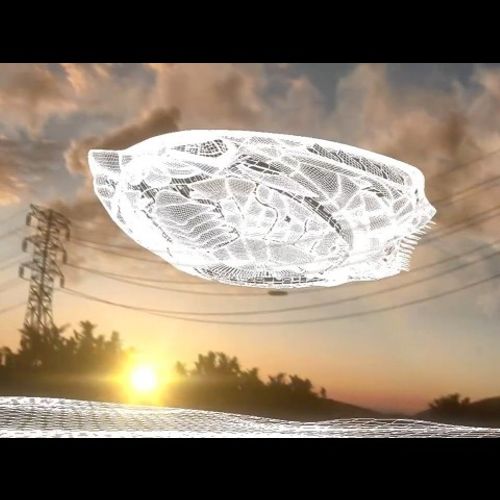
| Added | Wed, 21/02/2024 |
| Источники | |
| Версии |
Computer graphics (3D graphics) deals with the creation of images and art using computers. Today, it is the main technology in digital photography, cinema, video games, digital art, etc. Like other editing methods, computer graphics are often used to create images that allegedly contain anomalous objects. Usually these generated images, called CGI (English computer-generated imagery, which translates literally as "computer-generated images"), are added to pre-taken photos or videos using specialized programs.
The history of computer graphics begins in 1958, when the game "Tennis for Two" was created by William Higinbotham in order to entertain visitors to Brookhaven National Laboratory. In it, with the help of computer graphics, an image was created on the screen that simulated a tennis match. Soon, this technology came to cinema and television. The first large-scale film project, completely created with the help of computer graphics, was the cartoon "Toy Story" released in 1995.
But in the 1990s, it was expensive and resource-intensive to create computer images, and the resulting image was far from photorealistic. It was only in the 2010s that CGI technology became widespread: it is present in almost every film, images become almost indistinguishable from reality, and high-performance systems can generate photorealistic images in real time.
To illustrate this transition period, here is a video titled "UFO Over Santa Clarita" ("UFO over Santa Clarita"), posted on YouTube on February 18, 2013. In it, we see a man driving a car (nature is around, the sunset is smoldering), and suddenly a huge UFO appears in front of him. Almost everyone who looked at it at the same minute will say: "This is a montage! CGI! Computer graphics!" And he will be right. Only the graphics here were used not only to create UFOs. The entire video is completely created using 3D graphics. Judging by the comments on the video, few people noticed this detail from the first viewing.
Currently, the level of computer graphics continues to grow, and the cost of its use continues to decrease. Now almost everyone can mount quite tolerable videos on their phone, and connecting neural networks to this process greatly simplifies the task. But we will talk about AI and modern neural network technologies in another article.
Log in or register to post comments


